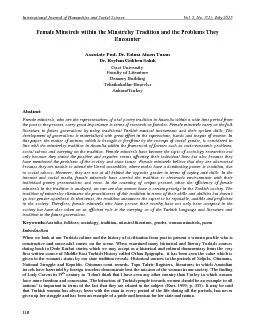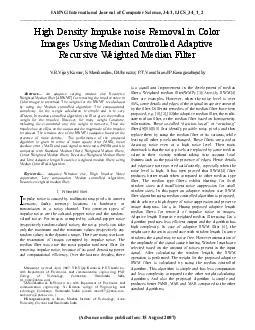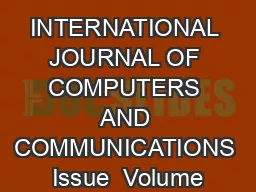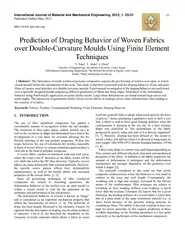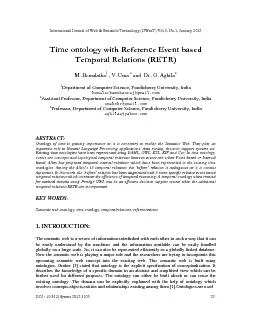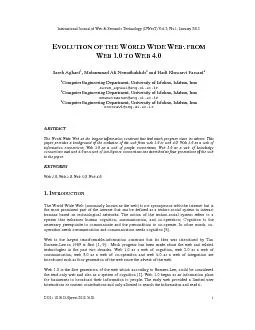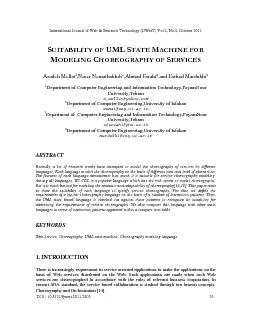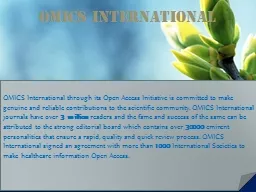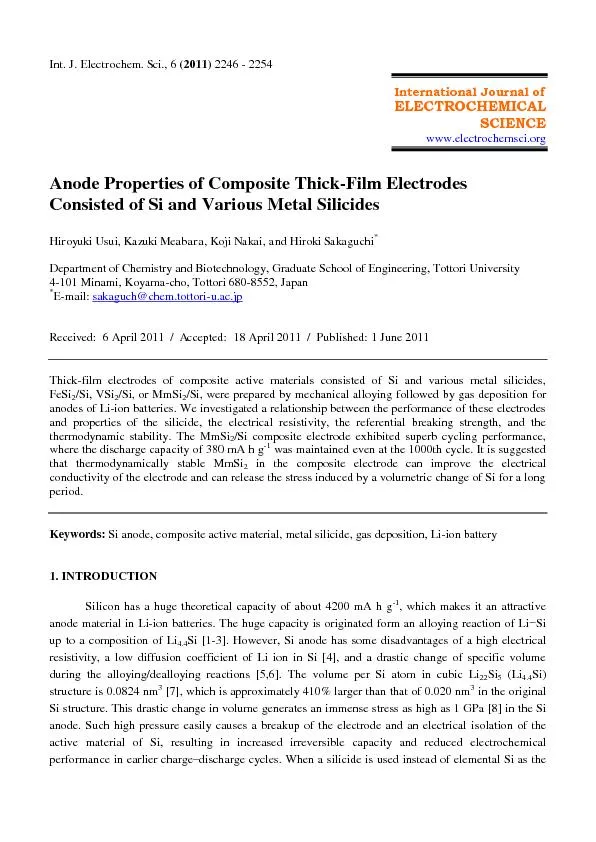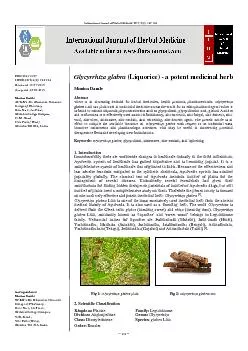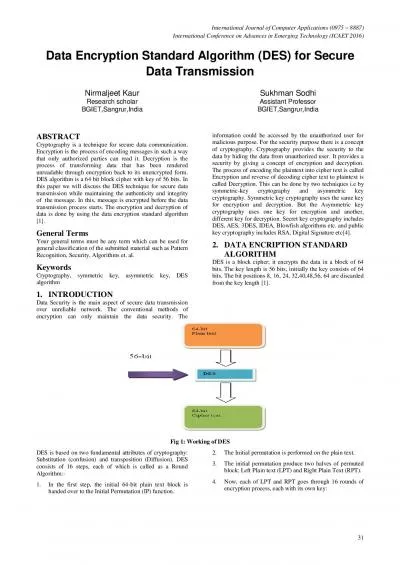PDF-International Journal of
Author : alida-meadow | Published Date : 2017-02-21
Humanities and Social Science Vol 5 No 71 July 2015 118 Female Minstrels within the Minstrelsy Tradition and the Problems They Encounter Associate Prof Dr Fatma Ahsen Turan Dr Reyhan G
Presentation Embed Code
Download Presentation
Download Presentation The PPT/PDF document "International Journal of" is the property of its rightful owner. Permission is granted to download and print the materials on this website for personal, non-commercial use only, and to display it on your personal computer provided you do not modify the materials and that you retain all copyright notices contained in the materials. By downloading content from our website, you accept the terms of this agreement.
International Journal of: Transcript
Download Document
Here is the link to download the presentation.
"International Journal of"The content belongs to its owner. You may download and print it for personal use, without modification, and keep all copyright notices. By downloading, you agree to these terms.
Related Documents

